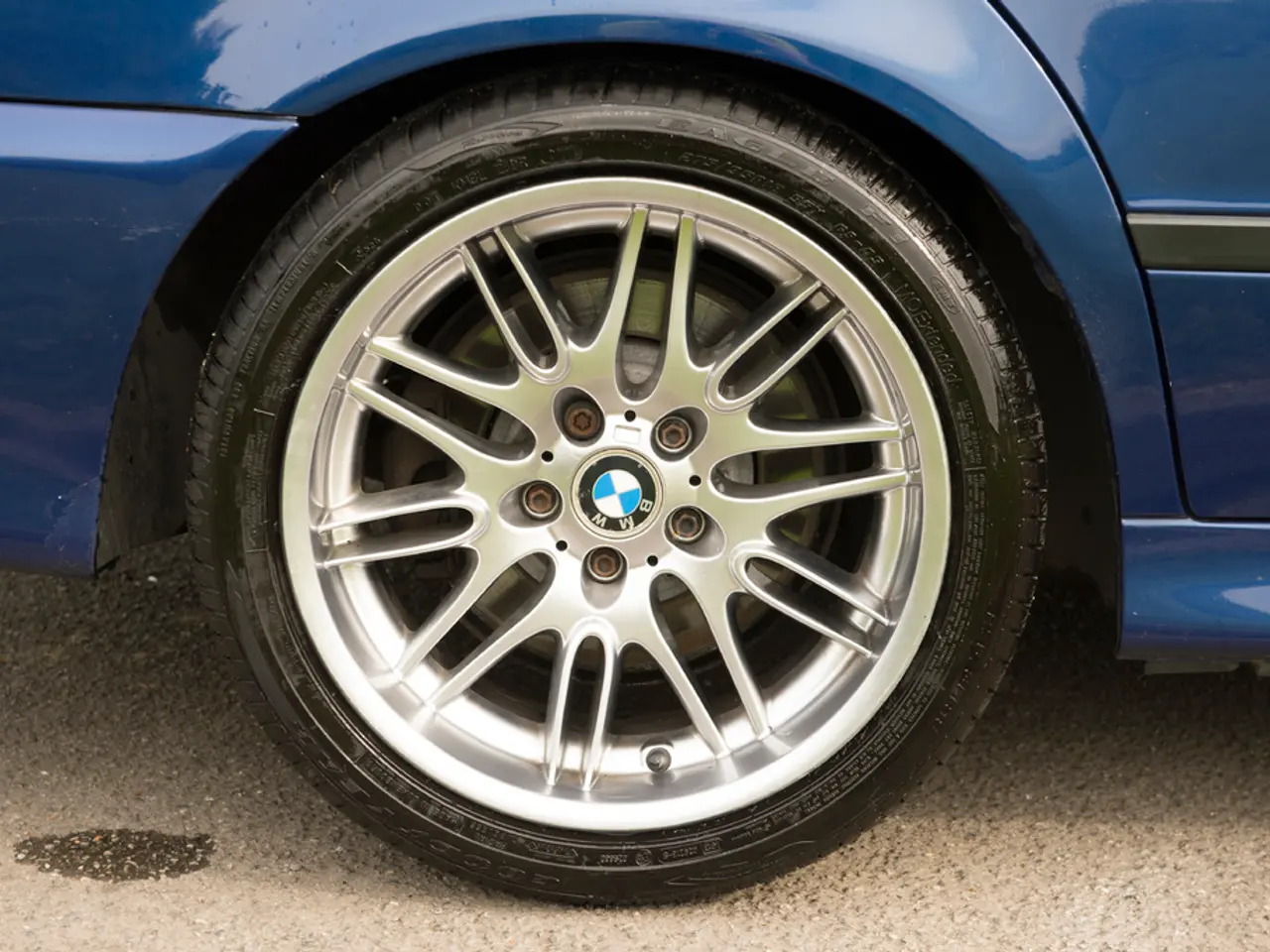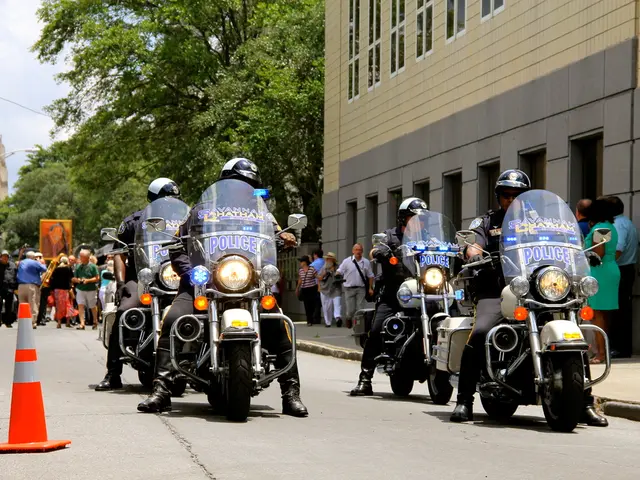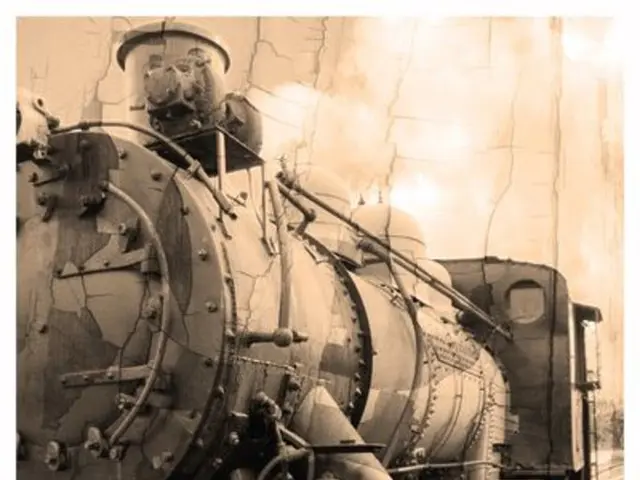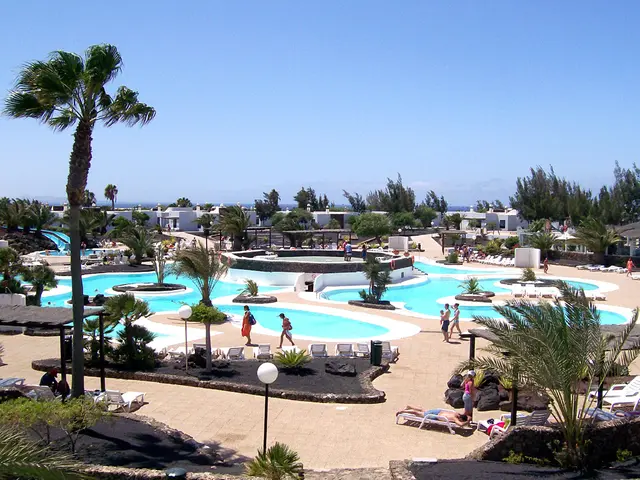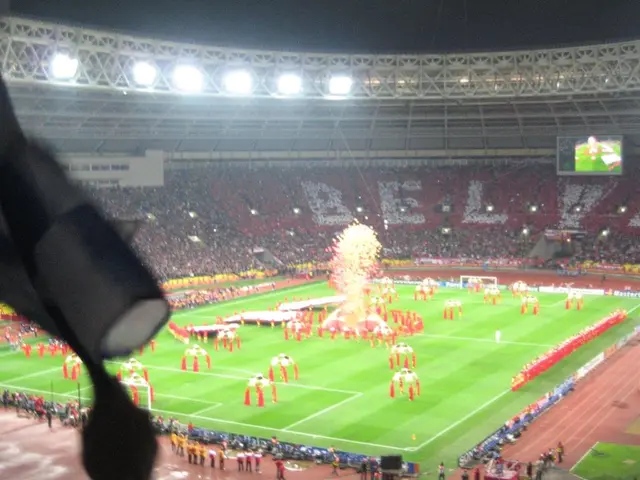Top-Performing Gravel Tires in 2025: Expertly Evaluated and Ranked for Versatility Across Various Conditions and Terrains
Gravel bike tires are a crucial component for any off-road cycling adventure. With numerous options available, finding the perfect match for your riding style and terrain can be a daunting task. Here's a breakdown of some top-performing gravel bike tires based on their key specifications and performance.
Tread Pattern
The tread pattern is a vital factor in determining a tire's performance. Semi-slick or small center knobs with side knobs offer a good compromise between speed and off-road grip. For example, the Bontrager Girona RSL GR TLR tire has a file-tread center strip that delivers fast rolling on paved and packed dirt roads, while side knobs provide traction on rougher gravel.
On the other hand, aggressive, deep tread patterns are best for demanding off-road conditions like muddy or rocky terrain, improving grip and puncture resistance but typically increasing rolling resistance. Such tires are common for e-bikes and mountain biking but less so for pure gravel racing.
Size
Wider tires (35-50mm) improve traction, comfort, and puncture resistance by running at lower pressures and increasing volume. For gravel, most riders prefer tires in the 35-45mm range, but some gravel bikes now support even wider mountain bike-style tires (up to 57mm or more) for extreme rough terrain or mixed surface adventures.
For faster gravel and mixed terrain, tires around 38mm (e.g., Bontrager Girona RSL 38mm) provide a balance of speed and control, while 45-50mm tires like the Pirelli Cinturato Gravel M are lauded for their durability, grip, and reliability in long endurance events and varied conditions.
Tubeless Setups
Tubeless tires are preferred for gravel because they allow lower pressures for better grip and comfort without pinch flats, and seal small punctures on the go, improving durability and reducing downtime. Tubeless-ready tires often feature reinforced sidewalls and puncture-resistant layers to withstand rough terrain and reduce the chance of flats, essential especially on gravel and e-bikes which put extra stress on tires.
Comparison Summary
| Specification | Durability | Puncture Protection | Low Rolling Resistance | |----------------------|---------------------------------------|----------------------------------------|--------------------------------------| | Semi-slick tread | Moderate; supple carcass balances durability and flexibility | Moderate; side knobs aid for rough patches | High; low center tread rolling resistance | | Aggressive tread | High; thicker construction & tread block spacing | High; better debris shedding and sidewall reinforcement | Lower; more rolling drag on hard surfaces | | Size 35-38 mm | Moderate-high; lighter, good for faster rides | Moderate; narrower tire less volume for debris clearance | Higher; less deformation at speed | | Size 45-50+ mm | High; more volume, thicker casing options | High; better at absorbing impacts and avoiding pinch flats | Lower; heavier and more rolling resistance | | Tubeless setup | High; ability to run low pressures safely | Very high; seals punctures with sealant automatically | High; lower pressure reduces rolling resistance |
Practical Applications
In practice, riders select tires based on terrain and priorities:
- For fast, mixed gravel and dirt roads: 35-38mm tubeless tires with semi-slick tread (like Bontrager Girona RSL, Schwalbe G-One RS) offer fast rolling with adequate traction and puncture resistance.
- For rough, technical, and long rides or endurance races: 40-50mm tubeless tires with robust casings and versatile tread (like Pirelli Cinturato Gravel M) improve durability and grip at a small cost to rolling resistance.
- For extremely rough or bikepacking-style gravel riding, wider MTB-style tires (up to 57mm) with aggressive tread provide the highest durability and puncture resistance but come with increased rolling resistance.
Conclusion
Choosing the best gravel tire involves balancing tread pattern design, tire width, and tubeless construction to suit your expected terrain, prioritizing tubeless setups for improved puncture resistance and ride quality. With this guide, you're now better equipped to make an informed decision and embark on your next gravel cycling adventure with confidence.
[1] Source 1 [2] Source 2 [3] Source 3 [4] Source 4 [5] Source 5
Read also:
- United States tariffs pose a threat to India, necessitating the recruitment of adept negotiators or strategists, similar to those who had influenced Trump's decisions.
- Weekly happenings in the German Federal Parliament (Bundestag)
- Southwest region's most popular posts, accompanied by an inquiry:
- Discussion between Putin and Trump in Alaska could potentially overshadow Ukraine's concerns
